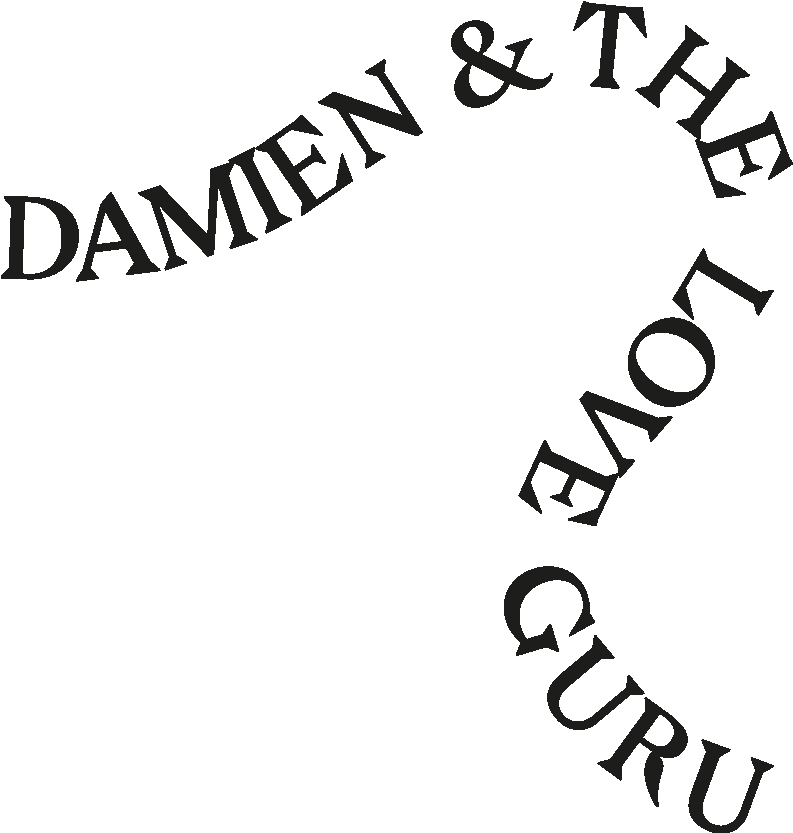Mathis Pfäffli
Meteora
15 Nov – 24 Jan 2026
Anne Fellner
Turtle Pond
12 Sep – 14 Nov 2025
Melanie Kitti
Reverse Cry
30 Aug – 31 Oct 2025
Jasmin Werner
Apparat Kleptokrat
12 Jun – 26 Jul 2025
Valentin Carron & Ștefan Tănase
The Passenger
24 Apr – 17 Jul 2025
Christiane Blattmann
Submissive Sculpture
11 Apr – 31 May 2025
Sharon Van Overmeiren & Saskia Smith in collaboration with Nana Esi
Showered In Blessings
26 Feb – 18 Apr 2025
Vanessa Disler
Here On Earth
31 Jan – 28 Mar 2025
Béla Feldberg & Jiajia Zhang
A Rare Kind of Trust
23 Nov – 14 Feb 2025
Mathias Toubro
heaven
16 Nov – 25 Jan 2025
Jim C. Nedd
A Special Plan For This World
12 Sep – 2 Nov 2024
Emanuele Marcuccio
31 Aug – 2 Nov 2024
Vanessa Disler
Swiss Art Awards
11 – 16 Jun 2024
Julian Irlinger
Ludwig
4 May – 13 Jul 2024
Melanie Kitti & Mickael Marman
Just us (who are apart)
24 Apr – 29 Jun 2024
Agatha Wara
The Voyage of Puny Buny
21 Feb – 13 Apr 2024
Elise Corpataux & Luigi Amato
Finally a flat rectangular surface is too handy to give up
25 Nov – 2 Feb 2024
Mathis Pfäffli
lucid strolls second rummination
Saint-Martin Bookshop, Brussels
5 Oct – 4 Nov 2023
Mathis Pfäffli
lucid strolls
7 Sep – 17 Nov 2023
HC
Fuoco Alle Galere
14 Apr – 1 Jul 2023
Alison Yip & Tiziana La Melia
confessions on sparkling hill
3 Feb – 1 Jul 2023
Jared Madere & Mathias Toubro
Floor Pal V
20 Jan – 1 Apr 2023
Anne Fellner
Forever Home
30 Sep – 14 Jan 2023
Slow Reading Club
13 dedications
28 Oct – 17 Dec 2022
Jasmin Werner
there in spirit
8 Sep – 22 Oct 2022
Vanessa Disler
Light Sleeper
14 May – 17 Sep 2022
Magnus Andersen
Readers Remedy
27 Apr – 2 Jul 2022
Alessandro Carano & Anne Fellner
Depth of Field
29 Mar – 7 May 2022
Raffaela Naldi Rossano, Giuseppe Desiato, Le Nemesiache
How she spins
9 Mar – 16 Apr 2022
Christiane Blattmann
The Law
5 Feb – 26 Mar 2022
Sharon van Overmeiren
Ethereal Trap
13 Jan – 19 Feb 2022
Jannis Marwitz
Onions
13 Nov – 18 Dec 2021
Matchmaker
Group exhibition
Loggia, Various Others, Munich
10 Sep – 22 Oct 2021
Emanuele Marcuccio
SEP 2021
9 Sep – 29 Oct 2021
Having a party
(hope you will be there)
1 Jul – 7 Aug 2021
Vanessa Disler
Big Naturals
29 May – 28 Aug 2021
HC
Non Dentro Ma Intorno A Noi
30 – 9 Apr 2021
Julian Irlinger
Europe Divided Into Its Kingdoms
13 Mar – 15 May 2021
Aisha Christison, Margarita Maximova
Harm & Charm
9 Jan – 6 Mar 2021
Emanuele Marcuccio
Sì o No
17 Dec – 6 Feb 2021
Christiane Blattmann
Amou Four
9 Sep – 24 Oct 2020
Mickael Marman
Man and Sea
18 Jul – 22 Aug 2020
Anne Fellner
Signs and Portents
6 Jun – 11 Jul 2020
Sharon Van Overmeiren
Platform: Paris/Brussels
David Zwirner
22 May – 19 Jun 2020
Vanessa Disler, Tiziana La Melia, Nina Royle, Lucy Stein, Charlott Weise
Global Cows: Digital Fresco
6 – 25 May 2020
Montez Press Radio
Duos in Spring Quarantine, Summer and Fall
20 Apr – 19 Nov 2020
Christiane Blattmann, Jannis Marwitz, Mickael Marman, Vanessa Disler
Preview London
8 – 21 Apr 2020
Jimmie Durham
NOT ABOUT ME
23 Mar – 31 May 2020
Jasmin Werner
Façadomy
7 Mar – 26 Apr 2020
Slow Reading Club
Soft Cover Soft Cover
11 Jan – 28 Feb 2020
Thomas Depas
loss landscape
9 Nov – 19 Dec 2019
Than Hussein Clark
The Paintings of Selma Vaz Dias
6 Sep – 24 Oct 2019
HC
Damien & The Love Guru
18 May – 6 Jul 2019
Where Do Streams Run To?
with Lucas Hirsch
CFALIVE Milan
4 – 7 Apr 2019
Vanessa Disler, Tiziana La Melia, Lucy Stein, Nina Royle, Charlott Weise
Global Cows
16 Mar – 27 Apr 2019
This future is unthinkable. Yet here we are, thinking it.
Group exhibition
11 Jan – 1 Feb 2019
Sharon Van Overmeiren
Something Like A Phenomenon
1 Apr – 5 May 2018
Tom Król and Béla Pablo Janssen
Stellen Aus Version 02
13 Jan – 24 Feb 2018
